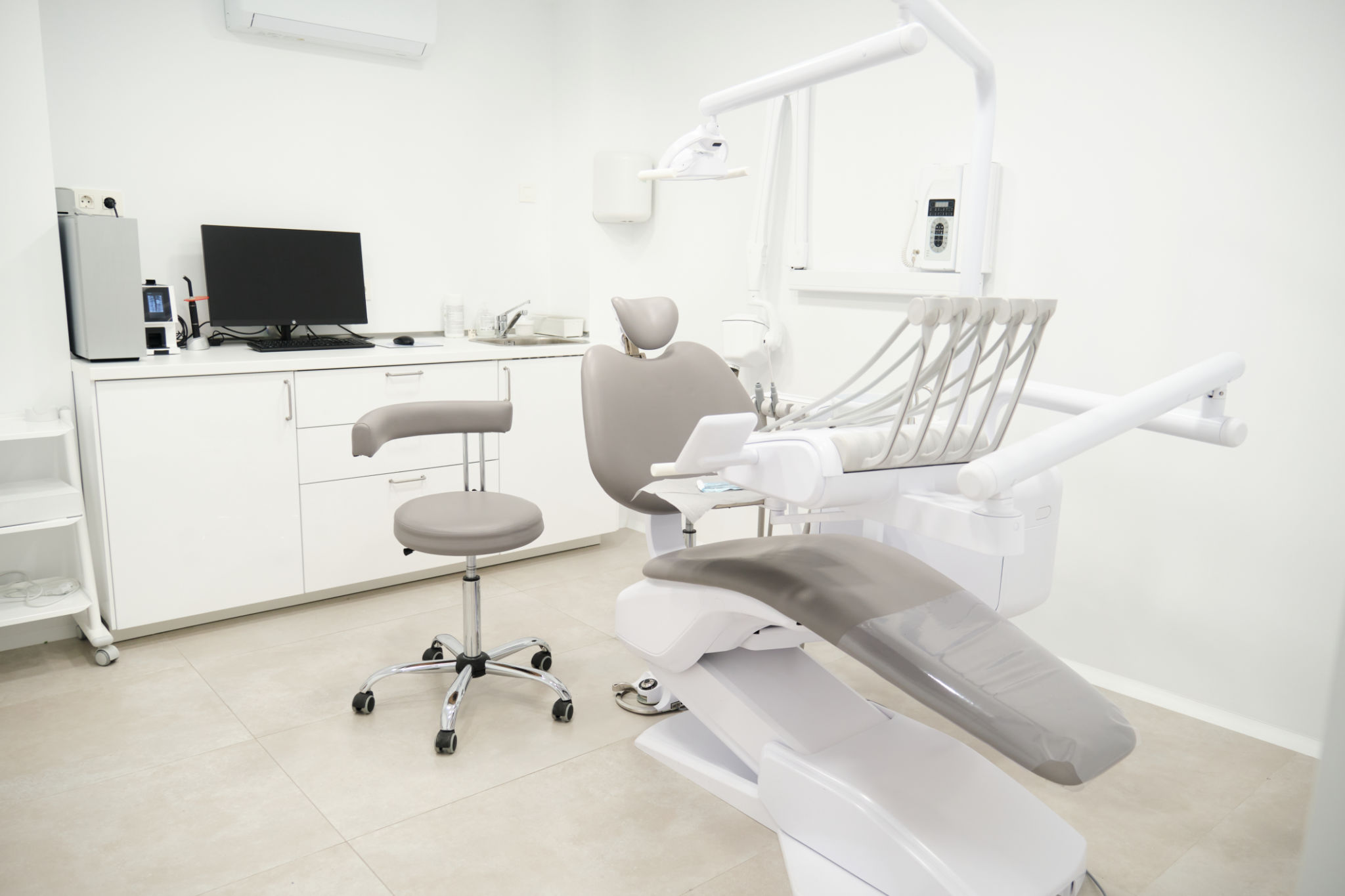Understanding Common Dental Procedures: What to Expect and How to Prepare
Introduction to Common Dental Procedures
Going to the dentist can be a daunting experience, especially if you're unsure about the procedures you might undergo. Understanding what to expect and how to prepare can ease anxiety and ensure a smoother visit. This guide will walk you through some of the most common dental procedures and offer tips on how to get ready for your appointment.

Dental Cleanings and Exams
Dental cleanings and exams are routine procedures that help maintain oral health. During a cleaning, a dental hygienist will remove plaque and tartar from your teeth, polish them, and provide fluoride treatment if necessary. The exam involves a thorough check of your teeth, gums, and mouth for any signs of disease or decay.
To prepare for a cleaning and exam, make sure to brush and floss your teeth before your appointment. Arriving with a list of questions or concerns can also be helpful for discussing with your dentist.
Fillings
Fillings are used to treat cavities and restore the function of damaged teeth. The dentist will remove the decayed material, clean the area, and fill it with a suitable material like composite resin or amalgam. Fillings are usually completed in one visit and are a common procedure to address tooth decay.
Before getting a filling, inform your dentist about any allergies or sensitivities. Avoid eating or drinking anything too cold or hot prior to the procedure, as temporary sensitivity may occur afterward.

Root Canals
A root canal is necessary when the pulp inside a tooth becomes infected. The procedure involves removing the infected tissue, cleaning the inside of the tooth, and sealing it to prevent further infection. While root canals have a reputation for being painful, advances in technology have made them much more comfortable.
Before a root canal, discuss any medications you're taking with your dentist. Arrange for someone to drive you home afterward if sedation is used, and plan for some rest to help with recovery.
Extractions
Tooth extractions are performed when a tooth is severely damaged or impacted. This procedure might be necessary for wisdom teeth or teeth that have decayed beyond repair. Your dentist will numb the area to minimize discomfort during the extraction.
Preparing for an extraction involves following any specific instructions from your dentist, such as fasting if sedation is involved. Post-procedure care is crucial, so make sure you understand the recovery process and have supplies like gauze and pain relief on hand.

Crowns
Crowns are caps placed over damaged or weak teeth to restore their shape, size, and function. They can be made from various materials, including porcelain, metal, or resin. Crowns typically require two appointments: one for shaping the tooth and placing a temporary crown, and another for fitting the permanent crown.
Ensure that you attend both appointments as scheduled and avoid sticky foods that might dislodge the temporary crown. Good oral hygiene is essential to prolong the life of your crown.
Conclusion
Understanding these common dental procedures can help alleviate anxiety and make your dental visits more manageable. Remember to communicate openly with your dentist about any concerns you have and follow their advice for preparation and aftercare. Regular check-ups and a proactive approach to dental health can prevent many issues and keep your smile bright.
